Fibre laser cutting keeps cycle parts manufacturer in pace
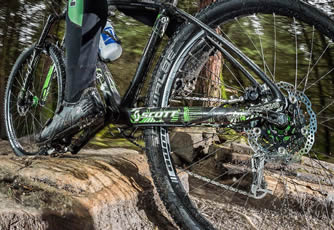
Bicycle aftermarket component manufacturer, Hope Technology was based on a quest to make mountain biking safer by developing an alternative to cantilever brakes. To meet demand, the Barnoldswick factory in Lancashire operates around the clock. Even so, by mid-2015 one of the 70 CNC machine tools on the shop floor, a BySprint CO2 laser cutting machine from Bystronic UK, was struggling to keep up.
Hope Technology's works and production manager, Lindley Pate, knew that fibre laser cutting was a maturing technology and decided that the time was right to make the change. A 4kW BySprint Fiber 3015 machine was duly installed.
He explained: “We use relatively thin materials, such as 2mm stainless steel for brake discs and up to 6mm aluminium for some sprockets. For thinner gauges, compared with an equivalent CO2 source, the fibre laser produces components three times faster. It has made a fantastic difference in helping us to meet the sheer volume of orders.”
The machine is equally capable of handling much thicker material. Hope often processes 12mm thick aluminium tooling plate to produce fixtures for other machines on the shop floor.
A further advantage of fibre laser cutting, according to Pate, is the high quality of cut using exclusively nitrogen as the cutting gas. He said: “The as-machined edges on stainless steel appear polished, so brake discs for example need no edge finishing. They go straight to on-site heat treatment.
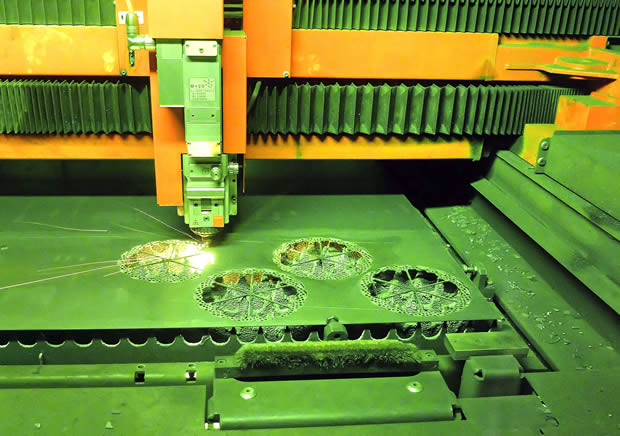
“This is in contrast to production on the previous CO2 machine, which left a residue even when nitrogen was used. Oxygen as the cutting gas is not used at all here to avoid the problems associated with oxidation of the cut metal edges.”
He added that other factors in favour of fibre laser cutting over CO2 are more consistent accuracy, less machine maintenance and more economical running costs, both in terms of the amount of electricity used and the lower requirement for cutting gases. There is now no need to use helium gas at all, which runs all the time on a CO2 laser machine, resulting in a further significant saving.
The cycle components cut on the BySprint Fiber are mainly brake disc blanks from 410 stainless steel sheet in the soft condition. The discs are either one-piece varieties or two-piece assemblies requiring an outer band of the same material and a floating centre of 2014 aluminium, which is also cut on the machine. Additionally, sprocket blanks from 7075 aluminium are produced, as well as bike maintenance tools, merchandise such as bottle openers and keyrings, and parts for display stands and trophies.
Maximum sheet dimensions that can be accommodated on the table of Hope’s fibre laser cutting machine is 3.0x1.5m, which is generally the size used when producing aluminium parts. In the case of the speciality stainless steel that the company buys, however, the mill supplies the sheet in a variety of strip sizes, typically 330-550mm wide by 1,000-1,500mm long, which are placed transversely across the machine’s shuttle table ready for processing.
The variation in stock was one reason for Hope deciding not to equip the laser cutter with an automated system for delivering fresh material to the machine and subsequently retrieving the laser-profiled sheets. Another reason, as Pate pointed out, is that the Barnoldswick facility is a low to medium volume manufacturer of specialised components that need not only CNC machining but also a degree of hand crafting, so large volume manufacturing principles are not appropriate.
Based on design data from Hope’s SolidWorks CAD network, programming is carried out offline using a seat of Bystronic’s Bysoft 7 software, which according to Pate is easy to use and has excellent nesting capabilities for maximising component output from a sheet.
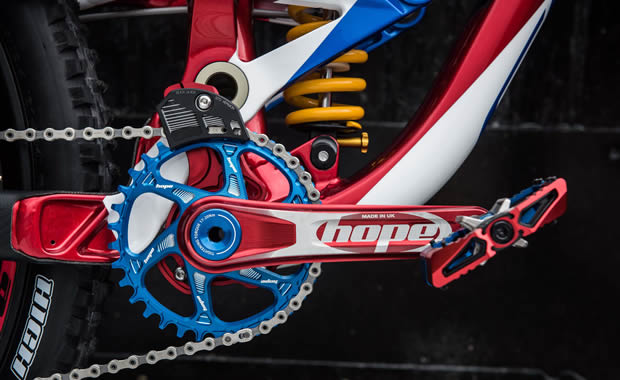
Laser cutter programmer Mark Jolly likes the useful scrap cut-down feature in Bysoft that cuts big areas of waste material inside a component into several smaller pieces. It avoids the risk of a large piece of scrap distorting upwards, which could damage the laser nozzle travelling 1mm above the sheet. He also appreciates the ease with which the engraving function can be called up at the control by backing off the power output from 4kW to 600W.
Pate concluded: “We have always believed in making everything in-house from top quality materials, either solid billet or aluminium forgings. We not only machine everything ourselves on CNC equipment to control precision and quality but also heat treat, anodise, polish and assemble on-site.
“We are even branching out into in-house carbon fibre production, which will result in handlebars, seatposts and even a complete bike being available.
“The Bystronic fibre laser has become an essential tool at the start of the production routes for brake discs and sprockets. There has been minimal downtime since the machine was installed, which is essential as we only operate one laser, so it has to be reliable as otherwise production would stop.”
Similar articles
More from Bystronic UK Limited
- Keeping up with a ten kilowatt fibre laser 19th November 2018
- Appointment made as company looks to the future 13th September 2018
- Loading system developed for fibre laser cutting machines 19th February 2018
- Mobile press brake offers high bending capacity 8th September 2017

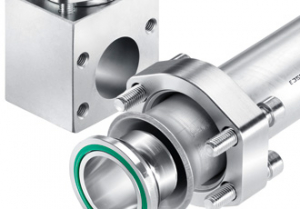
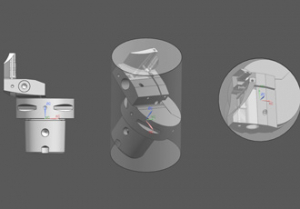
ed.jpg)
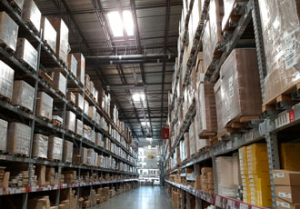







Write a comment
No comments